The cattle-grid rattles under the car. Not for the first time it occurs to you that as a way of heralding the arrival of a great experience, there’s none more understated than the humble cattlegrid. But there they are, at the start and finish of many of the country’s greatest roads.
You know this car and you know this road. It’s why you’ve brought it here. You know the drill, too: a kick of the clutch and a blip of the throttle. You’ve already decided how many gears you’re going to drop. Then down goes the foot. Let it build. You feel the engine respond and hear it, too: the induction noise hardening, the exhaust note sharpening. The revs rise, but slowly at first. There’s no external assistance from turbos here, but you’re happy to wait. At 4000rpm it starts to build, at 5000rpm it’s beginning to fly. So you let it go, growling and howling its way past 6000, 7000 and onto 8000rpm before you deftly dip the clutch once more, a mere fraction of a second before the limiter cuts in.
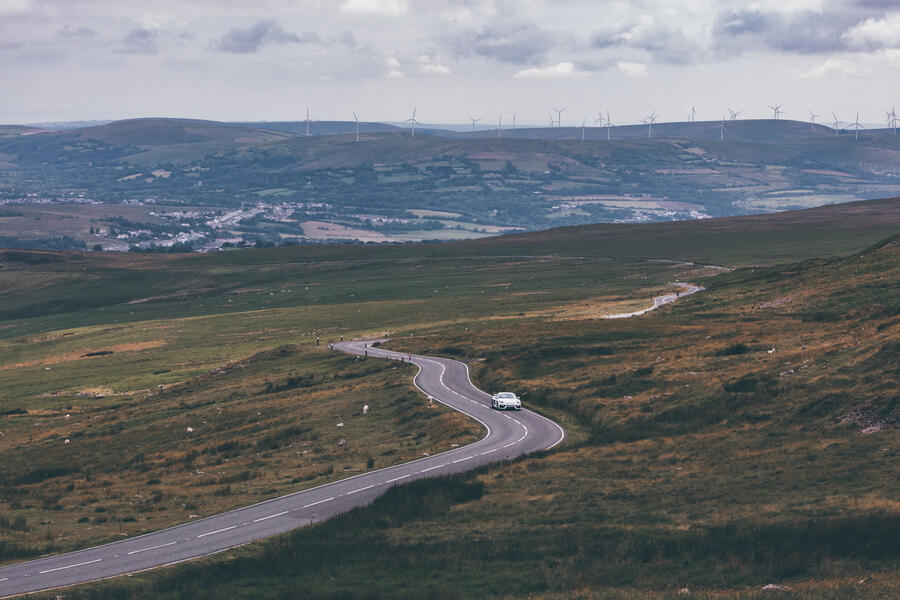
Okay, so the car happens to be a new Porsche Cayman GT4, but in essence, and saving details like where the red line on any given car might be, what I’ve outlined is an experience enjoyed in one form or another by millions of enthusiastic drivers not just for years or even decades, but for more than a century. Good car, good road. Good fun. That really is all there is to it.
Let’s do it all over again, except we’re a few years into the future and the car is not a 414bhp Porsche but an electric hypercar with around 2000bhp. If you think that sounds like science fiction it’s not: there are already at least three that have been shown with outputs of 1900bhp or more and which are now being readied for production. The cattle grid rattles under the car. There’s no clutch to kick nor even a paddle to pull, let alone a stick to shift. There is no decision-making process because there’s nothing to do. Except put your foot down. You can still do that. So the car now tries to transmit 2000bhp plus all that attendant and instant torque to the road.
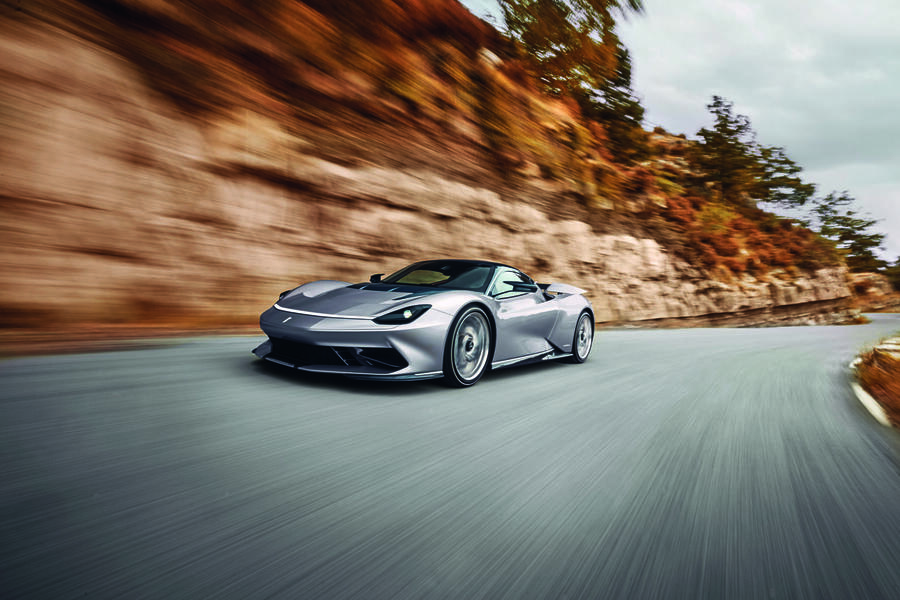
Of course it has four-wheel drive, but that’s still a 911 GT3’s worth of power per tyre. Of course it can’t dump it all on the Tarmac, which is perhaps as well. Full throttle in a Bugatti Veyron is a pretty bewildering experience and these cars have double the power. I wouldn’t be able to guarantee the security of my breakfast under such an assault. I’d want to know my passenger was in good nick, too, before springing such a surprise. Perhaps a disclaimer on the passenger door, you know, like the ones they put next to the more vomit-inducing rollercoasters. Involuntary acceleration-induced myocardial infarction: the legals would be interesting.
But that doesn’t happen. The systems kick in and you are hurled forward only at the rate at which your chocolate slicktermediate tyres can handle – which will still be enough to make you feel uncomfortably giddy and your passenger really rather ill. Is that fun? Maybe for some.

But what then? Well, and just as an example, Lotus says the Evija will get from rest to 186mph in fewer than nine seconds. Well, you’re not going to reach that speed in public and you won’t start from rest. So just how long do you think you’ll be able to bury the throttle – which, remember, is the only thing this car requires you to do to save steer and brake – before some sense, common or survival, makes you lift? How long can this extraordinary but potentially somewhat disquieting experience be enjoyed? Or should I say endured? Not long. And then what? Slow down and do it all over again?
Perhaps. But with nothing to listen to and nothing to do save flexing a hoof, I think the novelty might soon wear off, and that’s just for the driver.
I am being mischievous here, because I’m clearly not comparing like with like. We have already reported that the 2022 Cayman will have a fully electric powertrain at least as an option, but it’s not going to have 2000bhp and the car won’t cost £1.7 million-plus. But I’m doing it to illustrate a point, namely that just because it’s easy to provide electric cars with huge power doesn’t mean it’s the right thing to do. But I understand the temptation. How else do you present electrification as interesting to the enthusiast? These are cars that make no sound worth listening to, don’t need gearboxes and deliver all they have to offer at once. They’re long on instant gratification and thereafter worryingly short on giving the driver stuff to do.
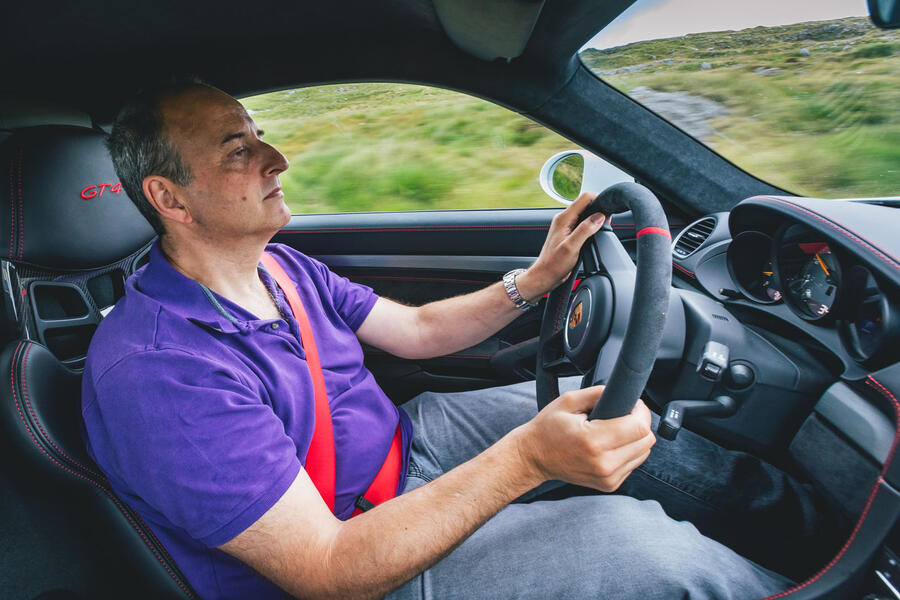
And that’s an enormous problem, not for manufacturers making electric cars as mere transport – in fact, for them it’s probably a net bonus – but for those with reputations for producing genuinely fun and sporting cars to maintain. As statements of the bleedin’ obvious go, to observe that the more involving a car is, the more involved its driver will be is right up there with the best. But so too is it true.
The reason I love old cars is that they’re mostly rubbish. If they are to conduct themselves from one place to the next with any degree of decorum, you have no choice but to get involved. And that means there’s always stuff to do. Among your many other roles, you are the engine management, responsible for using the tools at your disposal – the clutch and gearbox – for ensuring the motor remains in that narrow band where it sounds and performs the best. And that’s not just fun, if you get it right it’s pretty satisfying, too.
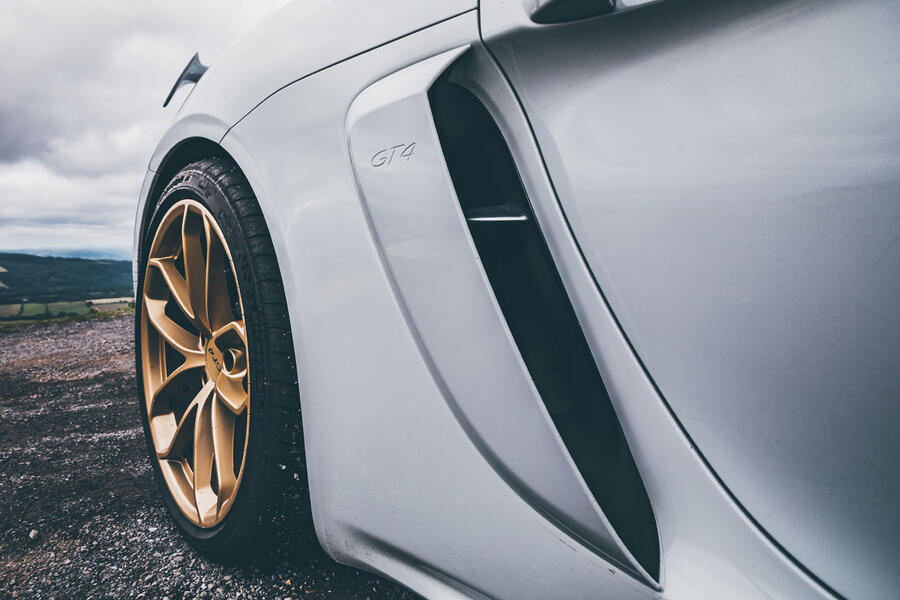
Back in the near future you could, of course, synthesise much of what has been lost, and perhaps that will happen. The car you drive now is perhaps already synthesising more than you might imagine, from the feel of its electric steering to the sound of its engine. So why not equip your electric car with a sound selector? You could go to work sounding like an Italian V12 and come home sounding like an American V8. But there’s still no gearbox. No, but you could programme the electric motors to behave as if there were and tailor the sound to suit. You could choose your own ratios, too. All seems a bit artificial, doesn’t it? But then so is life, increasingly. I read that E-sports (which I don’t understand at all) is now a $1 billion industry with close to half a billion viewers, and they all know that what they’re doing or watching isn’t real, so maybe it doesn’t matter.
In some areas electric sports cars will be better than those we have now because they will be able to let you enjoy driving in ways that are either impossible or unwise today. People like me love to talk about sliding cars, but you can’t just oversteer anywhere on demand, even in a car like a Cayman GT4, at least not safely. Electric cars promise to bring a new level of controllability, because power can be released to the four corners of the car and controlled to the last electron in a way that’s simply not possible with the blunt instrument that is even the sharpest of internal combustion engines. And it doesn’t stop there. Remember that electric cars can put their centres of gravity at earthworm altitude and that while they seem hopelessly heavy right now, they’re already getting lighter, and that process will accelerate dramatically when someone in the near future works out how to productionise a solid-state battery.

So it’s far from all doom and gloom and I’m trying to figure out whether it says more about me or the cars of the future that I’m still struggling to get excited about it. How important is it that what is perceived is the same as what is actually happening? A sound is a sound and a slide a slide – why should it matter whether they occur naturally or are manufactured in laboratories? But it does matter, at least to me, and for two reasons. One is the same reason my wristwatch is mechanical rather than electronic, even though that makes it both far more expensive and less accurate than it could be. I like engineering, oil and metal, cog and wheel engineering. It feels authentic. I can see how you can synthesise almost any noise, and even almost any feeling. But you can’t synthesise character. The greatest appeal of the Cayman GT4 is not its speed or grip, nor its balance and poise. It’s the car’s character; it is what makes me want to drive it. And you can’t fake that.
Stuck in the past though I must accept I am, my second concern lies far into the future: follow the logical progression as cars become electrified, their sound, feel, action and reaction increasingly synthesised. Where does that road end for the enthusiast? In an arcade game that marketing departments will call a simulator, where you can oversteer to your heart’s content without wearing out your tyres, annoying the public, parking your car in a field or spending hours getting to the right road and back. Then all those selfish speed demons and road hogs who once had the temerity to try to enjoy driving in public can be confined to practicing electronic automotive onanism, safe and secure in their own bedrooms.

If that sounds like fun to you, good luck. For me, and for as long as I still can, I’ll stick to driving real cars on real roads. It’s an effort for sure, but I’ve never come across a proper enthusiast who didn’t think the effort was worth it.
Solid-state batteries: the answer to the enthusiast’s prayers?
Possibly. Probably, even. But not definitely. On paper we all stand to benefit from solid-state batteries in cars because they charge quicker and go farther. But enthusiasts stand to gain the most because they are lighter and need a fraction of the cooling required by conventional lithium ion batteries.
That in turns means cars won’t need such robust structures or suspension to support them and will be able to use narrower tyres, smaller brakes and so on. As with every time you deduct weight from a car, this is the circle of virtue in which you exist.

But you’re still dealing with a battery so it’ll not sound any better. And while the theory of solid-state batteries is sound, finding an electrolyte that actually works in practice and which can then be produced reliably and affordably by the million remains very much work in progress.
James Dyson appears to have bet the farm on the technology, while Toyota reckons it will unveil a car with a solid-state battery next year – but whether it will actually put one on sale is another matter altogether.
But you only have to look at the Prius to know that when Toyota starts making noises about new technology, it’s not doing it just to grab the headlines.
The first (and only) sports EV
Evidence of just how thorny a problem designing a purely sporting electric car can be is found in the fact that, to date, only one person has tried. And they didn’t get very far. One of the most trenchant critics of the original Tesla Roadster is none other than Elon Musk himself, who loved his so much he shot it into space.

The truth was that while the Roadster was interesting, it just didn’t work in reality. It was quick but prohibitively expensive, had a deathly dull sound and at least in its early days was at times more than a little lacking in the reliability area. Worse was the decision to base it around the platform of a Lotus Elise. For a start it required so much modification that Musk described it as like deciding to do up your house and ending with just one basement wall of the original structure still standing. It sat on a slightly lengthened wheelbase which would not have helped agility, but worse – far worse – was the fact that it weighed around 1300kg, or at least half as much again as the Elise.
I drove one once, briefly, found the exercise of academic interest alone and wondered then as I do now how an electrical architecture can be adapted into providing a truly inspirational powertrain.
Read more
Porsche 718 Cayman GT4 UK review​
2022 Porsche Boxster and Cayman to get hybrid and EV options​
The ultimate motoring bucket list, according to Autocar writers


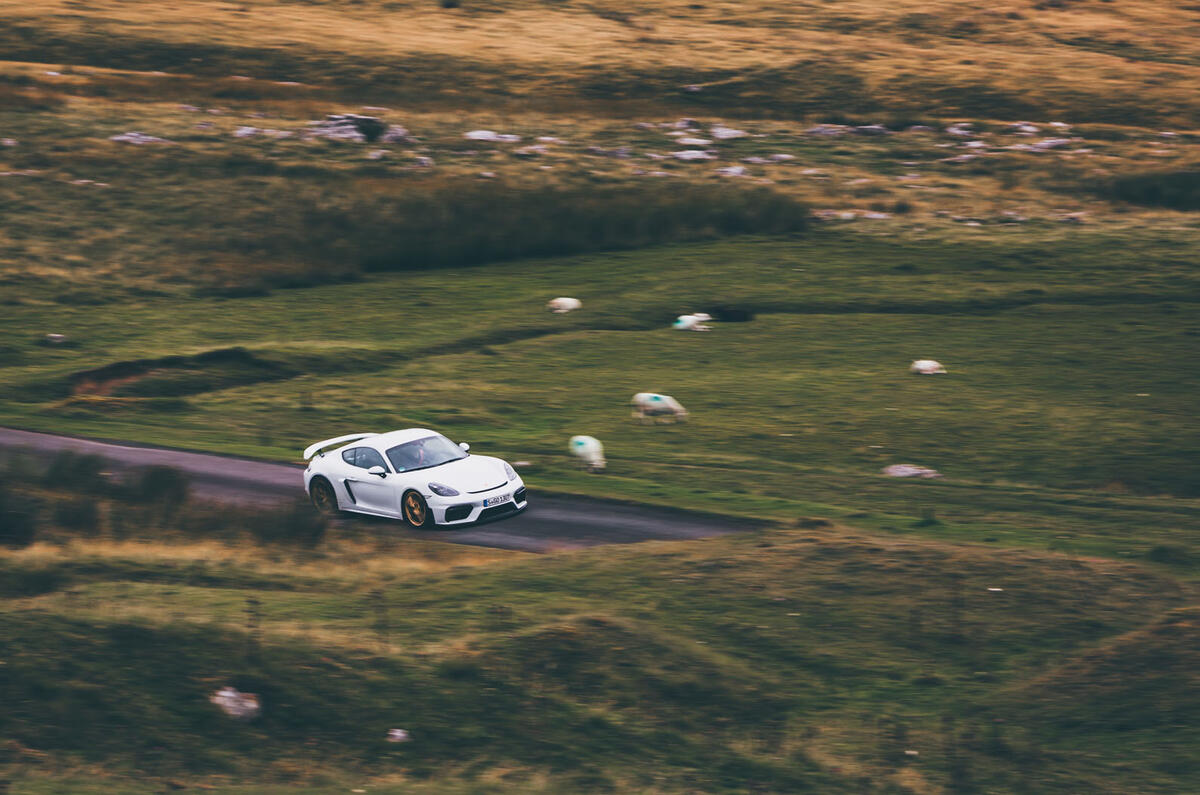




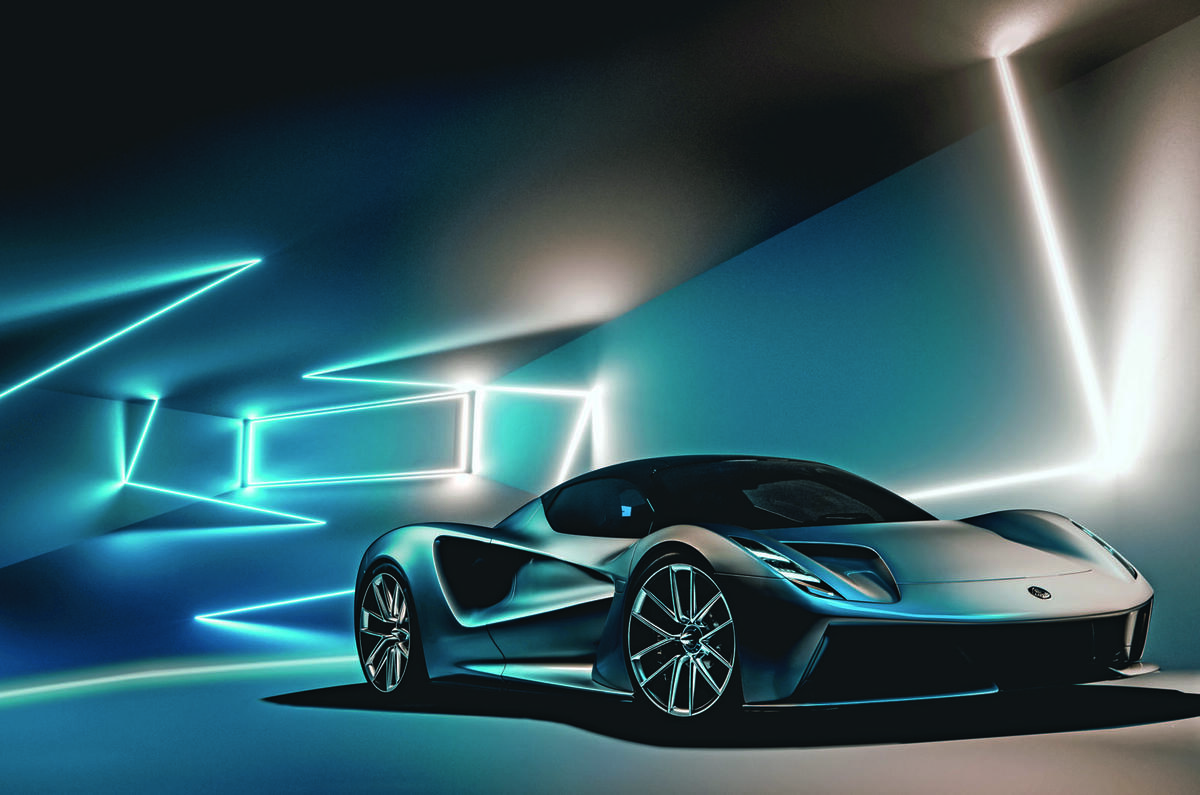











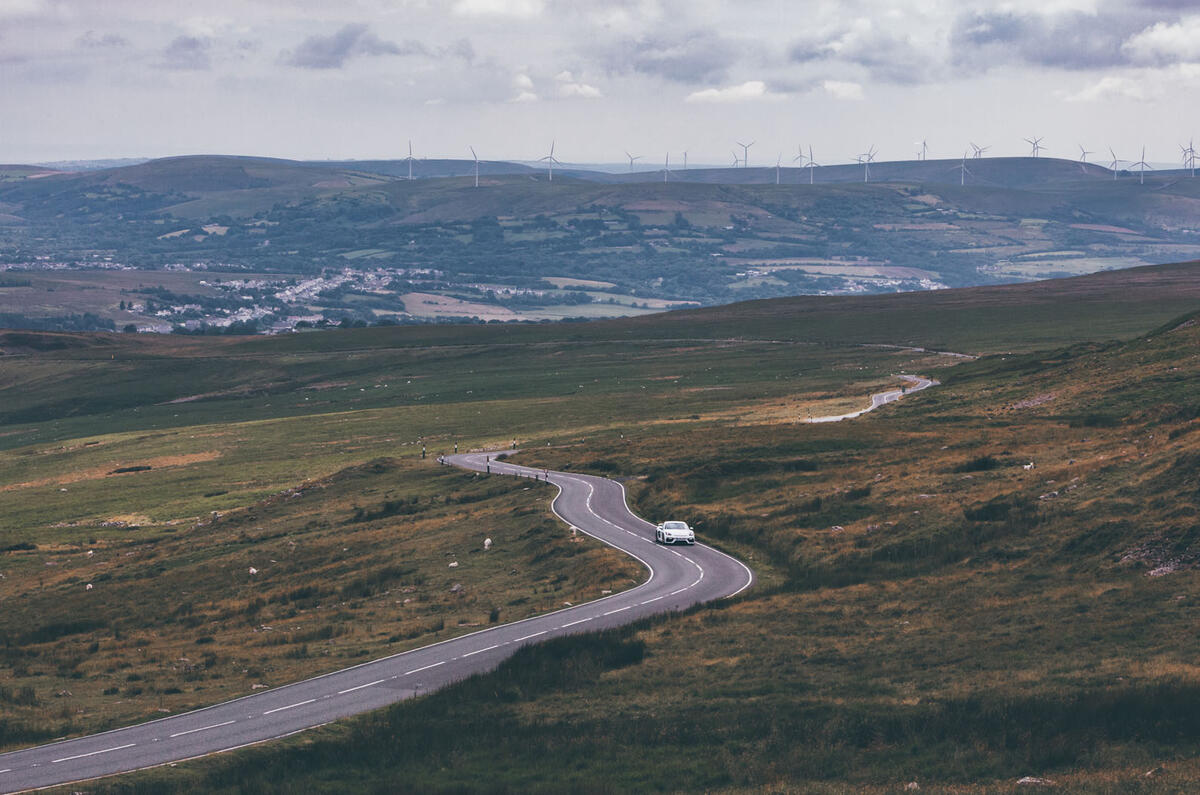











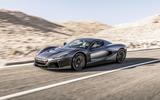








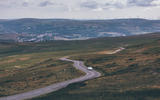




Join the debate
Add your comment
Older analogue cars will
Older analogue cars will still be available for a while yet to have fun driving, you don't need a Cayman, I have fun driving my 2012 colt cleartec, a naturally aspirated 1.3 with 100hp, it may not review as well as it's fiesta competition but I find it sweet revving and fun, all well within legal limits. And my na eunos is a hoot as well.
We're stuffed!
Although sometimes my age makes me sad I can look back at a life lived at some speed and, in today's terms, genuine freedom. Cars to me were everything. I got my driving test at the first available half term from boarding school. My Austin A40 was my gateway to adulthood, sex, and so much else. My first summer holiday we went to Holland, Germany, Austria, Yugoslavia, Italy and France - I'd never been abroad before. We did autotests and a mileage Marathon at Oulton Park. Road rallies where we drove like lunatics around the Peak District - a concept that seems quite incredible today. I'm lucky enough to have raced cars and owned a lot of them. Young people today don't have that worship of cars that we had. They mostly live in cities for a start. In a few months if I want to drive down the Embankment in London at 0400 in the morning I will be restricted to 20mph. It will take me 75 minutes from Tower Bridge to the M1. Will I do that - not on your life. I'll take a train.
I'm going to hold onto my last atmo-model Boxter S for ever. Maybe as senility arrives I'll sit in it going broom broom as I did as a child whenever my father got a new car. Fun now means sailing an old boat - there's no legislation on sailing boats yet although I hear rumblings. My age remains a golden generation. We missed out on major wars, were given a choice of career and able to earn pretty good money in exchange for hard work. Women discovered they enjoyed sex and the pill allowed them to indulge themselves. There was no twitter-shaming. Wifes couldn't track down husbands to their lovers' front doors - and, of course, vice versa. No cycle lanes. Moat of all, though, we had the freedom to drive our cars pretty much how fast and wherever we chose. Andrew, you are right. It's the end of driving for fun. RIP
Article too long
Long story short - driving as work and enjoyment will disappear except for maybe track work for rich and/or professionals.
Anyway, everything will be connected and checked. Breathalizers and speed limiters built in and enforced automatically. There will be no free will in daily driving. You want your next greatest electronic bs in your "car", you will get them and they will save you from having fun. Most people will accept this, as for them driving is a choir anyway.